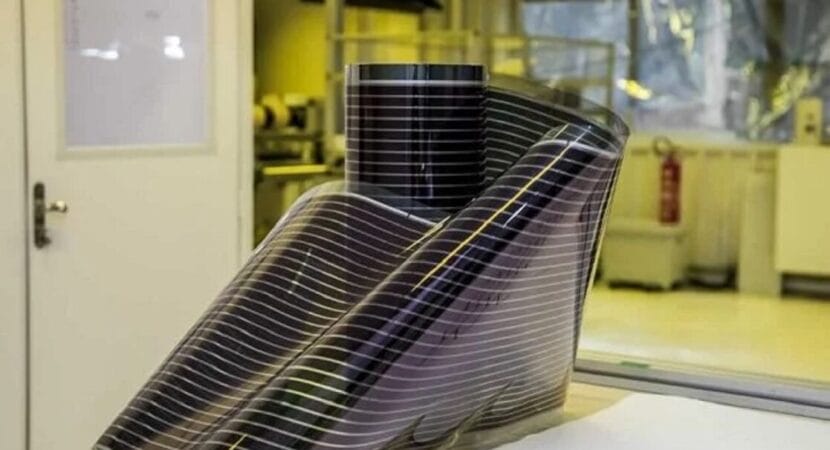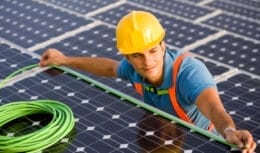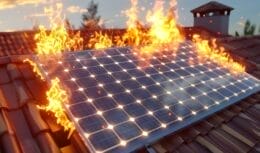
Affordable solar panels, developed by an Australian physicist, promise to revolutionize the solar energy market at a cost of just R$50 per square meter.
An Australian physicist is at the forefront of a revolution in the solar energy market, aiming to pioneer the development of affordable solar panels. Paul Dastoor, a professor at the University of Newcastle, believes his innovation can make clean energy easily accessible to everyone. The panel demonstrated the potential of its printed organic solar cells by using them to power screens and monitors during an exhibition in Melbourne.
New cheap solar panels can cost as little as R$50 per square meter
Less than a millimeter thick and secured with double-sided adhesive tape, the solar energy panels have a texture similar to a bag of potato chips and can be produced for less than US$10 per square meter, that is, the equivalent The R$50 at the current dollar exchange rate.
The Australian physicist has been working on cheap solar panel technology for more than a decade, however, he has now begun a 200 square meter installation, the first commercial application of its kind in Australia and possibly the first in the world.
According to the physicist, the low cost and speed with which these cheap solar panels can be deployed are exciting, as it is necessary to find solutions and quickly reduce baseload energy demand, a concern that is renewed as we approach another summer in Australia.
A solar technology printed material is not as efficient as silicon-based and degrades much more quickly. However, Dastoor believes that the low cost of production and installation made it competitive. The commercial installation was completed in one day by five employees, and an industrial-sized printer can produce hundreds of meters of product in just one day.
Brazilian company also advances with organic solar panels
In addition to this Australian physicist, who is advancing in the solar energy market, Sunew, a Brazilian company, is revolutionizing the segment with its OPV organic solar panels. Headquartered in Belo Horizonte, in the state of Minas Gerais, the sunew is a world leader in organic photovoltaic (OPV) film technology. The company carries out the largest installations of this type of solar panels.
After years of research and development, the company developed an industrial production process that can be continuous and highly scalable.
The OPV becomes organic because of the organic cells present in it. They can be applied to glass surfaces and are considered the third generation of photovoltaic solar cells.
The OPV, which promises to revolutionize the market for cheap solar panels, tends to be very different from conventional panels, which use silicon. This is because the cells in the new equipment are printed and deposit a type of carbon-based ink on the film that will be its support.
Solar energy market grows worldwide
The distribution of solar energy in the world has been growing progressively as a result of concerns about environmental impacts. Solar radiation for the use of solar energy in the world presents high values, mainly in the Asian and African continents, reaching up to 1424 and 2003 kWh/kWp of specific potential, respectively, according to the Global Solar Atlas.
The distribution of solar energy systems around the world has expanded exponentially in recent years. According to International Energy Agency (IEA), the use of solar energy could reach 30% in 2022 in countries with greater installed generation capacity, such as China, Germany, Japan and the USA.
Corresponding to 25,8% of global production, China is the country most capable of generating installed solar energy. In this way, it totals up to 78.100 MW according to the United Nations Environment Program (UNEP).











